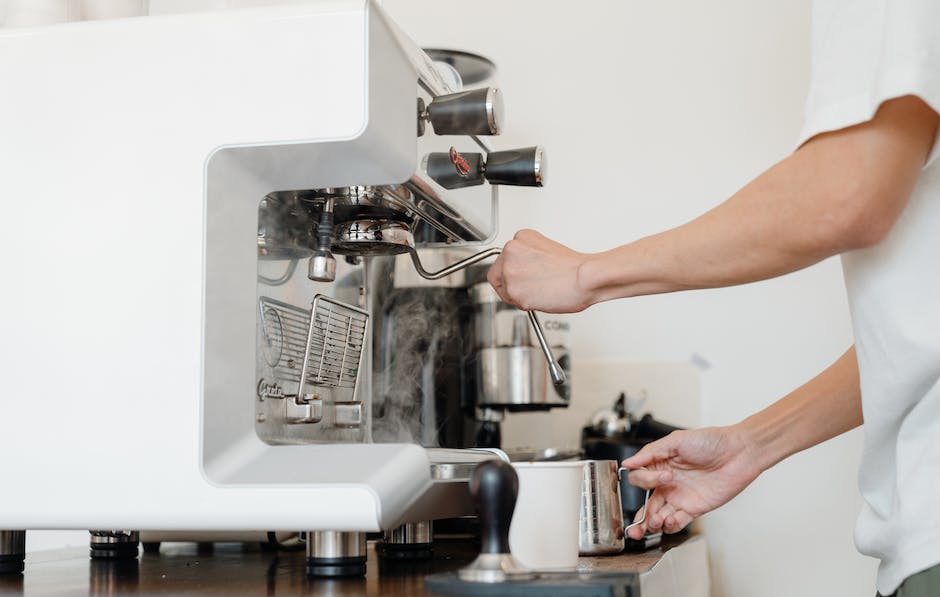
Understanding Coffee Cup Size
Trying to determine the ideal coffee cup size that will give you just enough kick? It’s essential to know that an average standard size cup of brewed coffee usually contains 8 ounces. However, this doesn’t always hold true, especially when dealing with coffee drinks from different parts of the globe. For coffee lovers who enjoy different cups of joe, the capacity of the coffee mug can range anywhere from 5 to 24 ounces.
That said, one might also run into mugs that hold 12 oz., as they offer that extra little room for additional milk or cream. Bottom line, there is no actual consensual standard cup of coffee size. It’s important to be aware of this, so you don’t end up having more caffeine than you intended.
The Metric System and Coffee
Most of the world, except for the U.S., uses the metric system for measuring volume, which is where the discussion on how many ounces in a cup or how many milliliters in an ounce comes in. For reference, a standard measuring cup in the metric system corresponds to 250 milliliters.
For coffee measurement, this might translate a bit differently. When using a measuring cup, rather than going for ounces or milliliters, many baristas and coffee shops prefer using grams for measuring coffee grounds. This helps to maintain consistency while adapting to the type of coffee beans used.

Getting the Coffee to Water Ratio Right
To create a perfect cup of coffee, it’s critical to understand the correct coffee to water ratio. This is where the golden ratio comes into play. The Specialty Coffee Association recommends using 55 grams of coffee for every 1 liter of water. This ratio, however, is relative since the perfect strength for a coffee is subjective and depends on personal taste.
Some coffee connoisseurs prefer a stronger brew and may tip the ratio more towards the coffee side. Similarly, for those who prefer a lighter brew, they might add more hot water. Regardless, the golden ratio serves as a starting point for experimenting with your blend.

Factoring in the Amount of Coffee
The amount of coffee you put into a cup really depends on your taste preference and the type of coffee drink. For a standard 8-ounce cup, 1 to 2 tablespoons of coffee grounds are recommended. For those who prefer a bolder flavor, 2 tablespoons would be just enough to pack that punch.
For different coffee drinks, the amount of coffee used can differ significantly. For instance, an espresso uses about 7 grams of coffee, but due to its concentrated nature, it contains quite a caffeine hit. So, it’s best to adjust amount depending on the type of beverage you’re preparing.

Deciphering Coffee Grounds
The type of coffee grounds you use also significantly affects the taste and intensity of the coffee. Coarse grounds are ideal for a French Press, while fine grounds are best suited for Espresso. Medium grounds, on the other hand, work wonderfully for drip coffee makers.
Remember, freshly ground coffee beans always offer a richer taste compared to pre-packaged grounds. Your grind size will ultimately determine the extraction rate and thus, the flavor of your coffee.

Brewing with 8.45 Fluid Ounces
For those using the European coffee cup measurement, an average cup is measured at 8.45 fluid ounces rather than the standard 8 ounces. This is due to the conversion from the metric system which calculates a cup as 250 milliliters, equating to 8.45 fluid ounces exactly.
However, this slight difference is unlikely to drastically alter your coffee drinking experience but it’s always good to note the measurement differences when brewing your coffee.

Treading the Specialty Coffee Drinks
Specialty coffee drinks like lattes, flat whites, or cappuccinos generally have the same amount of espresso (1-2 ounces), but the quantity of milk and foam may vary. Even though these drinks may use less coffee overall compared with regular black coffee, the stronger espresso concentration means they can be just as potent.
Whether you enjoy your coffee black or love experimenting with specialty brews, understanding the standard sizes and measurements can help you customise your coffee to your liking.

Reminiscing on the Perfect Cup of Coffee
In the end, the perfect cup of coffee is very much a personal preference and knowing the standard measurements only gives you the foundation. Once you’ve mastered the essential coffee to water ratio, played with the grind size, and found the best coffee cup size for you, you’re on your way to making your perfect cup of joe each morning.
The key to a great brew is trial and error, knowledge about your beans, understanding measurements, and, ultimately, trusting your taste buds.

FAQS
Q1: Why is it important to know the ounces in a cup of coffee?
A: Understanding the ounces in a cup allows you to measure the perfect amount of coffee, ensuring great texture and taste.
Q2: How many milliliters are in an average coffee cup?
A: An average coffee cup usually contains around 240-250 milliliters.
Q3: How many ounces of coffee grounds should I use for a strong cup of coffee?
A: This depends on personal preference, but for a stronger cup, 2 tablespoons, roughly equal to 1 ounce, is recommended.
Q4: What is the significance of the coffee to water ratio?
A: The coffee to water ratio determines the strength and flavor of your coffee. A correct ratio results in a balanced and flavorful cup of coffee.
Q5: What is the golden ratio in coffee brewing?
A: The golden ratio refers to the ideal coffee to water ratio, which is generally 1:18—1 gram of coffee to 18 grams of water.
Q6: How much coffee goes into different coffee drinks?
A: This varies depending on the type of coffee drink. For instance, an espresso shot uses about 7 grams of coffee, while a regular black coffee might use 10-15 grams.
Q7: Is there a standard cup of coffee size?
A: While the conventional size is 8 ounces, there isn’t an actual standard size as different types of coffee drinks necessitate the use of different cup sizes.
Q8: How many ounces are in 250 milliliters of coffee?
A: There are approximately 8.45 fluid ounces in 250 milliliters of coffee.
Q9: How does grind size affect coffee taste?
A: The grind size can change the flavor profile of the coffee. A fine grind will yield a full-bodied cup, while a coarse grind will produce a weaker one.
Q10: Why is coffee cup size significant in brewing the perfect cup of coffee?
A: The size of your coffee cup can affect the strength and flavor of your coffee, which in turn influences your coffee experience.








